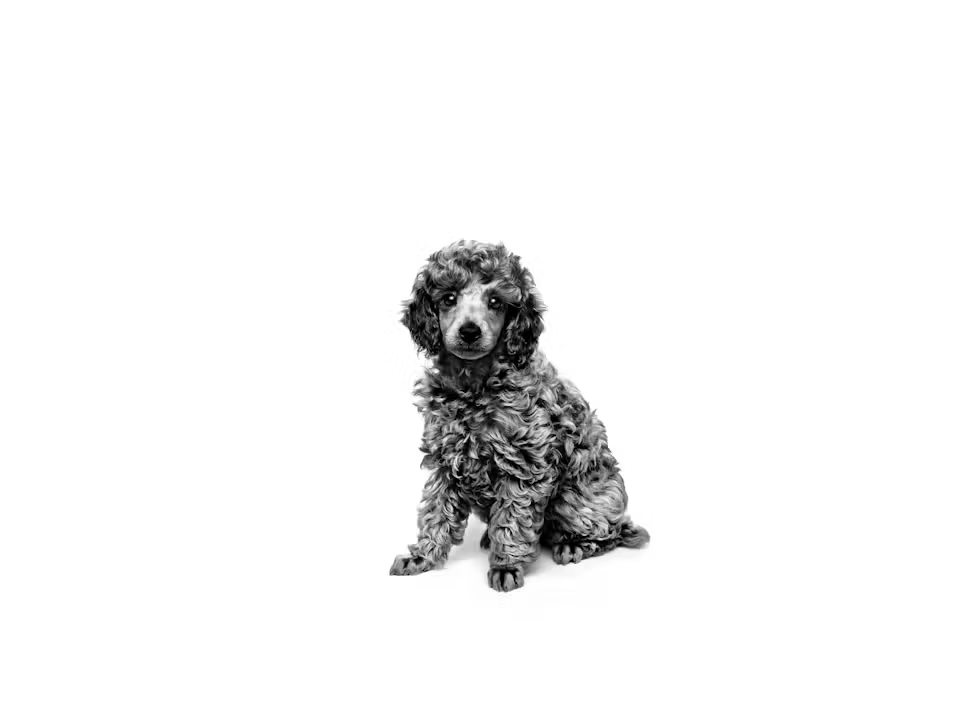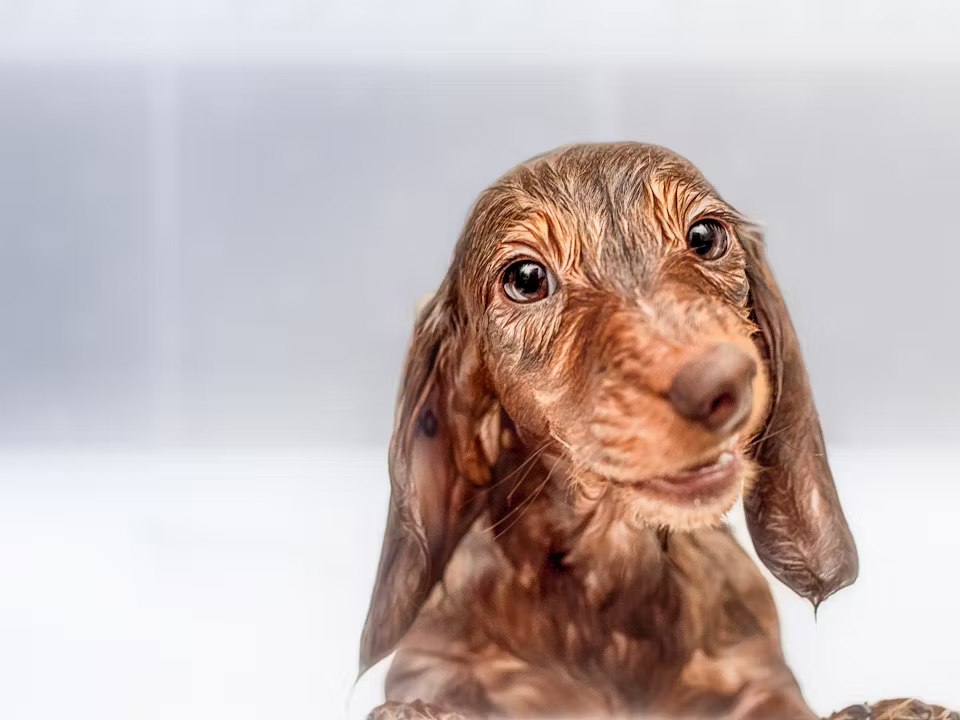The basics of puppy grooming tips

The basics of puppy grooming tips

How to care for your puppy's coat
Close-cropped hair
Breeds with short hair, like Dalmatians, German Shorthaired Pointers, and Great Danes, don’t need regular grooming but should be brushed once or twice a week. Use a rubber brush against the hair to loosen dead skin and hair, then remove the debris with a bristle brush in the direction of the hair to prevent irritation.
Short-medium hair
Breeds with short to medium hair, such as Golden Retrievers, German Shepherds, and Border Collies, should be brushed every other day due to their dense coats, which may include both a topcoat and an undercoat.
Start with a slicker brush against the direction of the coat to loosen dead hair and skin and strip the undercoat. Then, use a bristle brush in the direction of the hair to remove the debris.
A wide-tooth comb can be used on the tail and paws to gently remove debris and tangles.
Long hair
Long-haired coats require daily brushing to maintain their beauty. For breeds like Afghan Hounds, this can take up to an hour each day. Use a slicker brush to gently work in the direction of the hair to loosen knots and mats, being careful not to pull the skin.
Use a wide-tooth comb to untangle hair, particularly under the chest and legs. Trimming the hair to an even length with scissors can help prevent knots and foreign bodies from accumulating.
Coarse hair
Coarse-haired breeds like Irish Terriers and Schnauzers require their coat to be stripped four to five times a year. This grooming process involves using a stripping knife to trap dead hairs between the knife and thumb. When done correctly, this technique is not painful for the dog. It’s advisable to consult with a professional groomer before attempting this method.
Curly hair
Poodles, Bichon Frises, and other curly-haired breeds have unique coat care requirements compared to other breeds. While they shed less, making them often hypoallergenic, their coats are prone to matting and need daily brushing.
Use a slicker brush to gently remove debris and comb out tangles throughout their entire body. Pay special attention to their legs, paws, and undersides to remove any foreign objects that may have collected during walks.
Close-cropped hair
Breeds with short hair, like Dalmatians, German Shorthaired Pointers, and Great Danes, don’t need regular grooming but should be brushed once or twice a week. Use a rubber brush against the hair to loosen dead skin and hair, then remove the debris with a bristle brush in the direction of the hair to prevent irritation.
Short-medium hair
Breeds like Golden Retrievers, German Shepherds, and Border Collies with dense coats need brushing every other day.
Start with a slicker brush to loosen dead hair and strip the undercoat.
Use a bristle brush to remove debris in the direction of the hair.
A wide-tooth comb is ideal for the tail and paws to remove tangles.
Regular brushing helps maintain their coat and skin health.
Long hair
Long-haired breeds, like Afghan Hounds, need daily brushing to maintain their coat.
Use a slicker brush to gently work in the direction of the hair, loosening knots and mats.
A wide-tooth comb helps untangle hair, especially under the chest and legs.
Trim the hair to an even length to prevent knots and debris buildup.
Daily care keeps their coat healthy and tangle-free.
Coarse hair
Coarse-haired breeds like Irish Terriers and Schnauzers require their coat to be stripped four to five times a year. This grooming process involves using a stripping knife to trap dead hairs between the knife and thumb. When done correctly, this technique is not painful for the dog. It’s advisable to consult with a professional groomer before attempting this method.
Curly hair
Curly-haired breeds like Poodles and Bichon Frises need daily brushing to prevent matting.
Use a slicker brush to remove debris and detangle their coat.
Focus on their legs, paws, and undersides to clear any foreign objects from walks.
Their low shedding makes them often hypoallergenic but requires regular care.
Daily brushing ensures their coat stays healthy and tangle-free.

